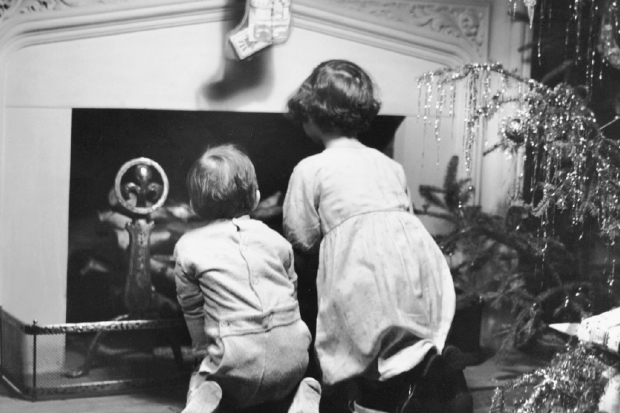The sherry industry always used to admit that 75 per cent of its UK sales occurred in the weeks before Christmas. A large proportion of this was to teetotallers, who needed something to offer the family, or the vicar, or Father Christmas, or whoever happened to drop by over the holidays and was in need of what my late lamented nanny used to call ‘Festive Cheer’. The great advantage of a bottle of sherry was that, after the guests had departed and there was something left in the bottle, it wouldn’t turn to vinegar as rapidly as the remains of a bottle of wine.
That’s the point about fortified wines. That’s why they were invented in the first place. Not simply to be, in the words of Flanders and Swann, ‘a liquor/ that will get you higher, quicker’, but to slow down oxidisation.
John Aubrey wrote in his diary of 1697 (coincidentally the year before my company of Berry Bros & Rudd was founded) how he added salt to his claret to make it taste nicer. This may seem strange, but consider this: glass was an extremely expensive commodity, and only the very wealthy could afford to store, let alone buy, their wines in the bottle until the first half of the 19th century. Wine, even ‘clairet’, or ‘pale’ wine from Bordeaux, would have been bought in, and very often served from, wooden casks. The minute the first glass was drawn from the cask the wine would begin to oxidise and after a day or two it would be vinegar. So Aubrey was actually adding salt to vinegar — nowadays a famous taste pairing.
Fortification, or the addition of spirit to the half-fermented must, slows oxidisation considerably. As a result, from Elizabethan times onwards, fortified wines were prized: port, sherry, Madeira, even Marsala (although the last two are less commonly encountered nowadays). There are regional variations, like Beaumes de Venise and Banyuls. And those which have disappeared altogether, like sack (beloved of Falstaff) and Canary. The Vintners’ Song, sung lustily every time the City livery company of the same name dines, was composed in the early 18th century and claims that ‘One Isle of Canary’s worth all of Peru’ — a bold statement, considering that Peru promised untapped reserves of gold at the time. But fortified wines, even when they had to travel across oceans, stayed fresher longer and were everybody’s favourites.
How sad, then, that they declined over the centuries to become the teetotaller’s choice. But how appropriate that we, the non-teetotallers, should rescue them this Christmas, just before Jeremy Corbyn declares himself in favour of a nice drop of cream sherry and condemns the category to oblivion.
Luckily, fortified wine is enjoying a renaissance. None is yet wildly fashionable, so they are extremely good value.
The ‘en rama’ sherries are taking the world by storm. Literally translated as ‘in the raw’ or ‘as nature intended’ this is not a dress-code suggestion, but an indication that this is sherry as it should be; mainly unfiltered, with an authenticity that will blow the dog-collar off any passing vicar. Berry Brothers stock a range from the pioneering house of Lustau, and although £17.75 a half-litre isn’t cheap for sherry, it is excellent value because it is a first-rate wine in its own right.
This is also the time to rekindle the love affair we ought to be having with port. Don’t just open a bottle of ruby with the Stilton and blame it for your hangover — invest in a fine 20-year-old tawny, such as our ‘William Pickering’ (£26.95 a bottle) and sip it whenever the strains of the season seem too much. Also seek out some Madeira. Bartholomew Broadbent (son of the legend-ary Michael) has his own range, with an excellent five-year-old Bual (£21.25). You will wonder where this splendid mid-Atlantic wine has been all your life.
Finally, though sack and Canary have disappeared, Marsala is showing faint signs of life and may be rescuable. Once upon a time the favourite of Nelson and his fleet when they stopped off in Sicily, this is a wine that emerged from obscurity as an ingredient in zabaglione. The 1988 ‘Vergine Reserva’, from Marco de Bartoli, was the surprise hit of our recent Italian portfolio tasting. It’s £62 a half-litre, but you’ll drink nothing finer this Christmas.






Comments